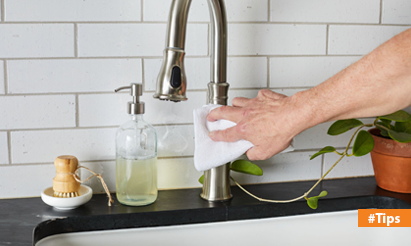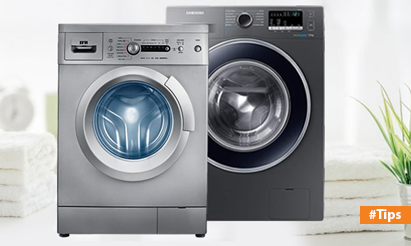Breathe Easier: A Guide to Dehumidifiers for Your Home!
A dehumidifier is an appliance that removes moisture from the air, reducing the humidity level in a room. Here are some characteristics, usage, and types of dehumidifiers:
Characteristics:
- Capacity: Dehumidifiers are rated based on their capacity to remove moisture from the air. This capacity is measured in pints per day, and can range from 20 to 70 pints per day or more.
- Humidistat: Most dehumidifiers come with a humidistat that allows you to set the desired humidity level. Once the set level is reached, the dehumidifier will turn off automatically.
- Air Filter: Some dehumidifiers come with an air filter that can remove dust, pollen, and other impurities from the air.
Usage:
Dehumidifiers can be used in various settings to reduce humidity levels and improve air quality, including:
- Basements: Basements tend to have high humidity levels, which can lead to musty odors and mold growth. A dehumidifier can help control humidity and prevent these issues.
- Bedrooms: High humidity levels in bedrooms can make sleeping uncomfortable and increase the risk of mold growth. A dehumidifier can help create a more comfortable sleeping environment.
- Laundry rooms: Laundry rooms tend to be humid due to the moisture from the washing machine and dryer. A dehumidifier can help prevent mold growth and reduce drying time.
Types:
- Refrigerant Dehumidifiers: These dehumidifiers use a refrigeration process to remove moisture from the air. Air is passed over a cold coil, causing moisture to condense and collect in a tank.
- Desiccant Dehumidifiers: These dehumidifiers use a desiccant material such as silica gel to absorb moisture from the air. The moist air is passed over the desiccant material, which absorbs the moisture.
- Whole-House Dehumidifiers: These dehumidifiers are designed to control humidity levels throughout an entire house. They are installed in the HVAC system and can remove a large amount of moisture from the air.
When choosing a dehumidifier, it’s important to consider the size of the room, the humidity level, and the desired capacity of the appliance. Consult with a professional to determine the best option for your specific needs.
Disclaimer: The views expressed above are for informational purposes only based on industry reports and related news stories. PropertyPistol does not guarantee the accuracy, completeness, or reliability of the information and shall not be held responsible for any action taken based on the published information.




